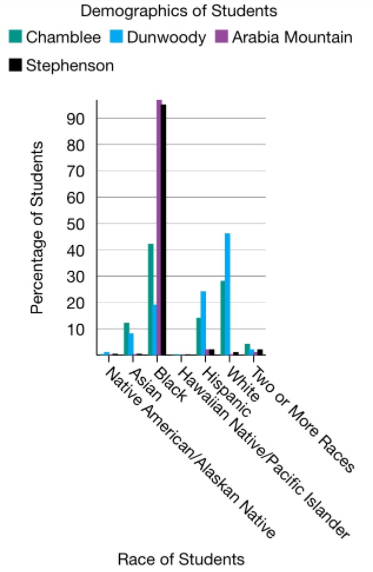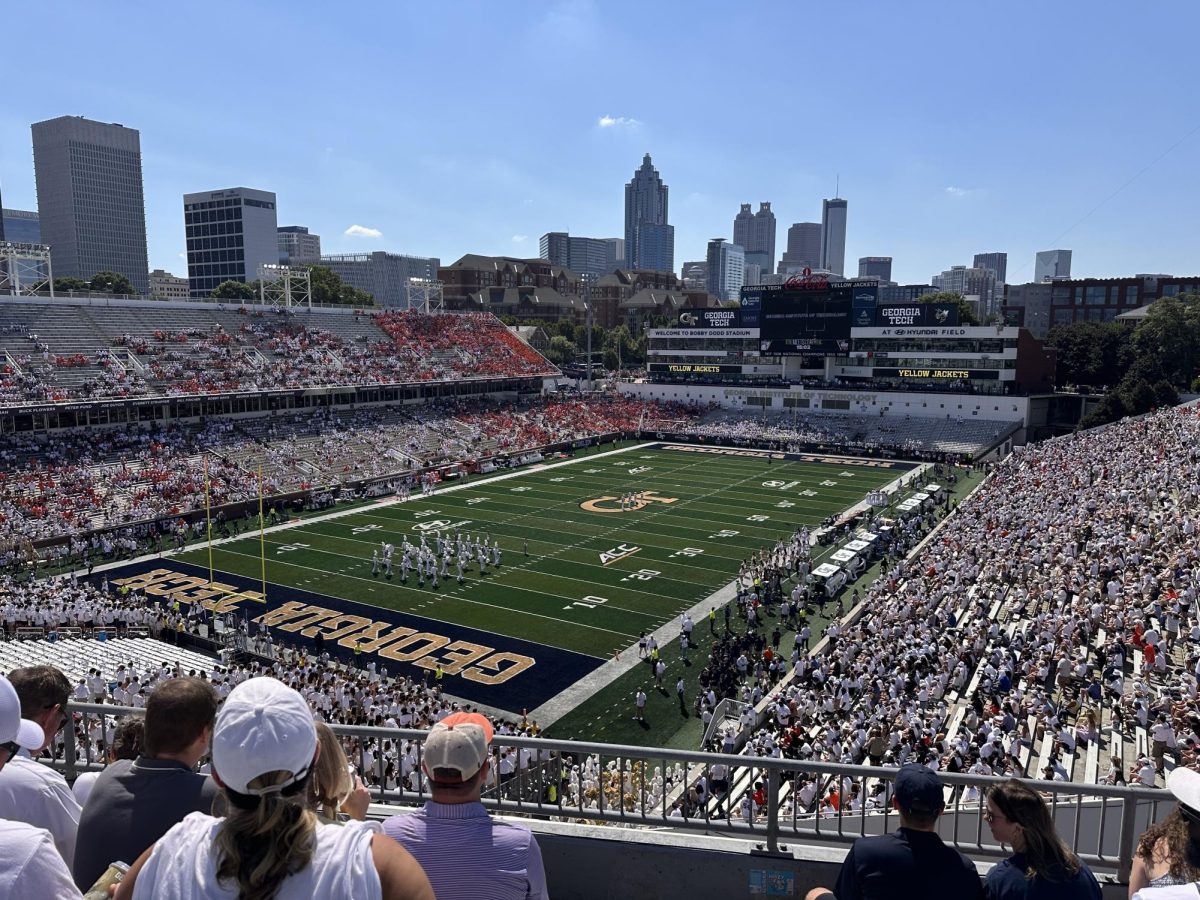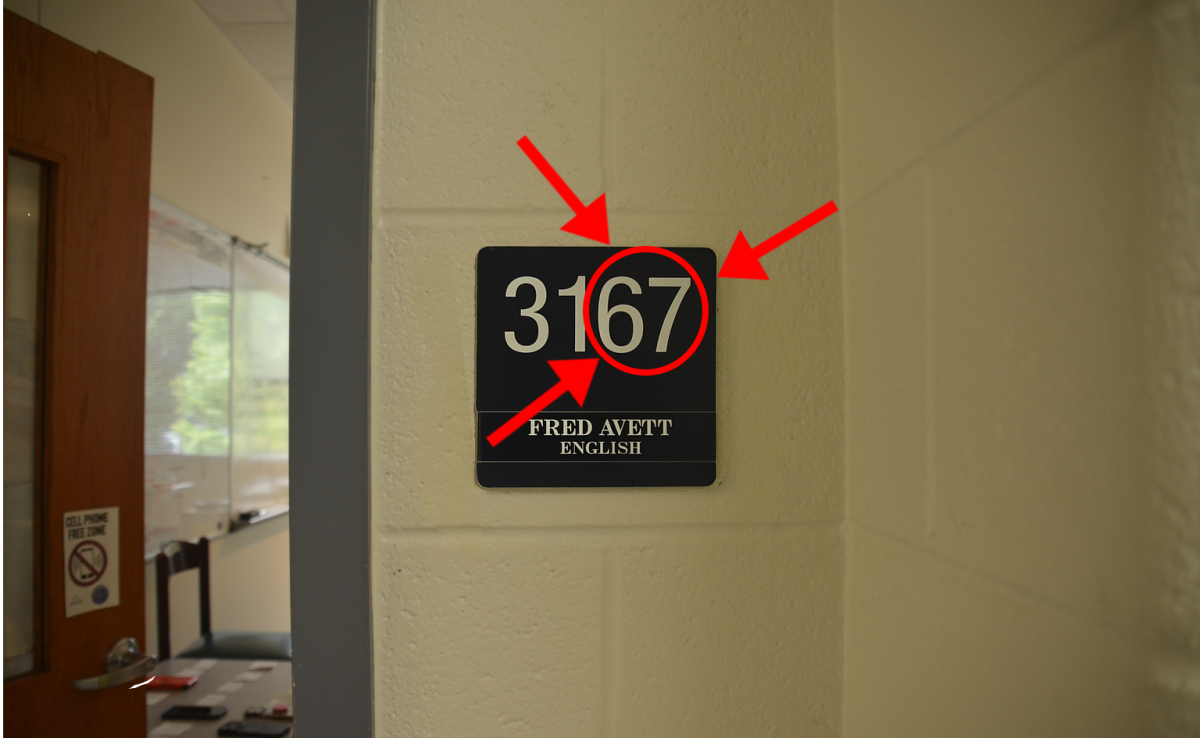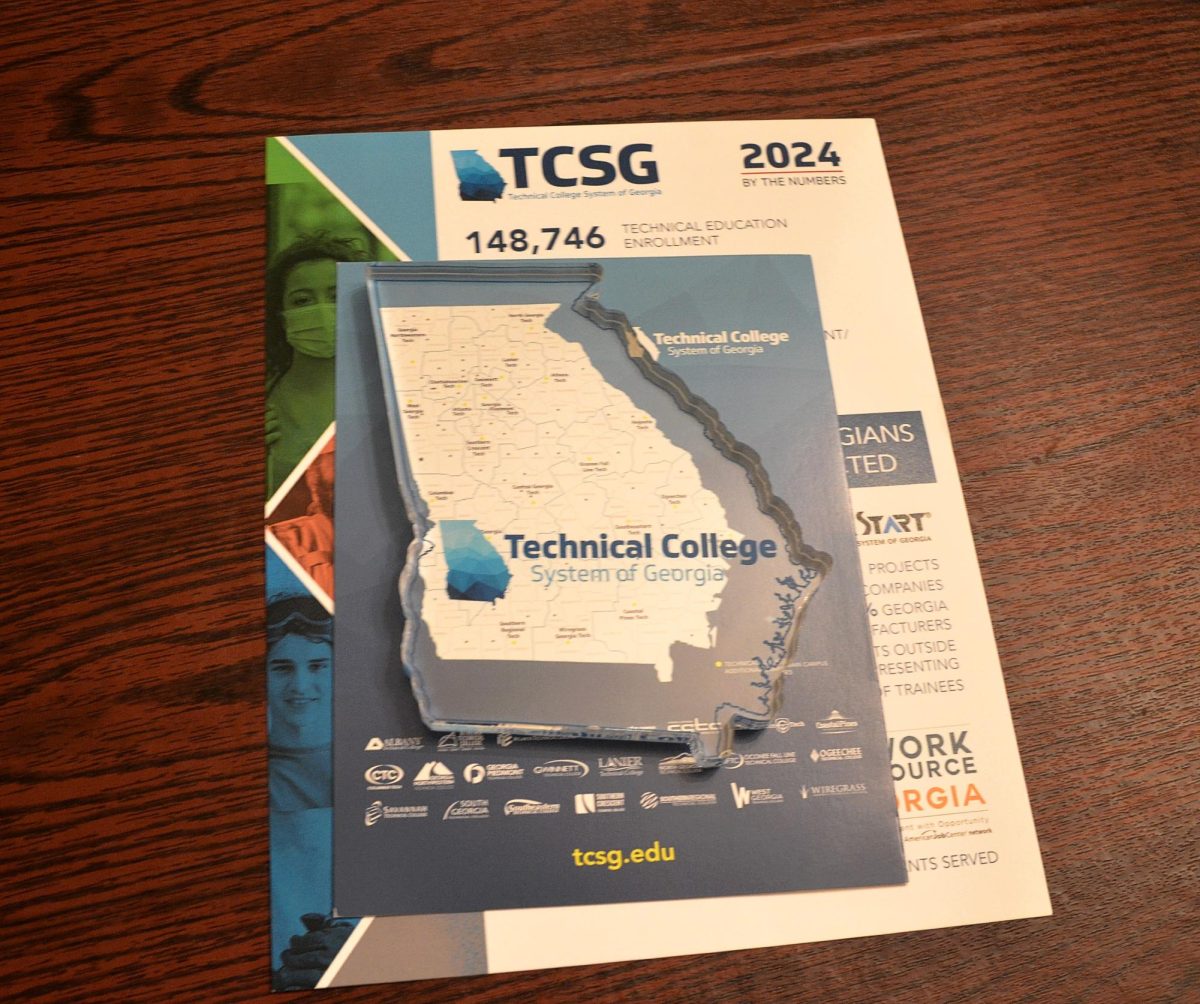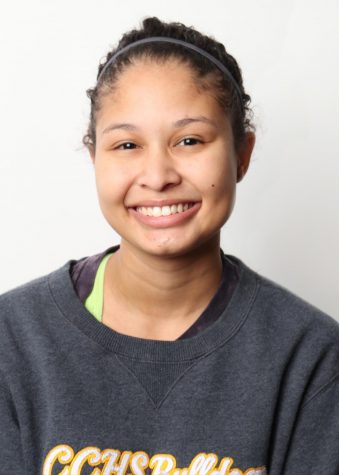What is diversity? This is a question that we must all consider while living in a continuously evolving society.
“To me, diversity is a very complex term,” said Chamblee junior Zaria Henry. “When you hear the word diversity, you automatically think race, but I think people can be diverse in different ways such as religion.”
The answer seems simple at first, but what does it mean to us as individuals and how does that affect our view of diversity as a whole?
According to Merriam-Webster Dictionary, the literal definition of diversity is “the condition of having or being composed of differing elements, especially when pertaining to the inclusion of different types of people.” Considering the varying percentages of minority enrollment at high schools throughout DeKalb County, it is safe to wonder if the very people we learn with on a daily basis has an effect on the way we view the concept of diversity as an entire community.
Chamblee Charter High School’s 72 percent minority enrollment is composed of students of various ethnicities such as Bengali, Latino, and Southeast Asian. Due to how often Chamblee students are exposed to people of different races, ethnicities, religions, sexual orientations, and cultures, they often leave high school feeling adequately prepared to interact with people of different backgrounds in the real world.
“We are used to talking to lots of different people,” said Chamblee junior Eric Patlan.“Knowing people think different, it shows that diversity is good for a lot of things.”
But students who attend high schools that lack a higher amount of diversity still value its importance within their learning environments.
“Students who are exposed to a wide variety of social stances, such as religions, ethnicity, sexual orientation, are ultimately more educated in the social aspect of life,” said recent Dunwoody High School graduate Bora Kayhan.
Though Dunwoody High School is only about four miles from Chamblee, it has a significantly lower number of minority students within its student body. With a 54 percent minority enrollment, Dunwoody students still see the importance of sharing a learning environment with students from many different backgrounds.
“It’s one thing to be educated by the norms of schooling provided by the state, but to have a learning environment that is diverse allows students to thrive in all areas,” said Kayhan.
Though diversity is an extremely important trait for learning environments to have, it is not always possible for every school to achieve.
For example, schools such as Arabia Mountain High School and Stephenson High School maintain an almost 100 percent African American student body.
“I think my school would not really be considered diverse because the vast majority of students are black,” said Arabia Mountain senior Jair Griffin.
With a 100 percent minority enrollment, African Americans make up 97 percent of Arabia Mountain High School’s student population of about 1,300 students. Considering that the majority of Arabia’s student population is made up of African Americans, some students worry that their classmates are not being adequately exposed to people of different backgrounds.
“People should be able to talk to people that are both similar to them and that are different from them whether they are a minority or not,” said Griffin.
Though some may argue that it is a disadvantage for students to only be able to interact with those of the same race, Arabia Mountain senior Cameron Robinson argues that it forms a sense of community amongst his classmates.
“It’s easier to bond and form a community because we all would have something in common which gives us a more comfortable approach to one another,” said Robinson.
Just over 13 miles from Arabia Mountain lies Stephenson High School, and with 95 percent of their student body consisting of African Americans, minorities make up 99 percent of the school’s almost 1,600 students.
“We only have African Americans and Hispanics. Everyone seems to act and think the same way,” said Stephenson junior Cameron Womack.
Though Stephenson is not nearly as diverse as other high schools within DeKalb County, Stephenson students still value the importance of diversity within modern day society.
“I think it’s important for people to see more than one point of view,” said Womack. “Diversity gives people that ability.”
The concept of living in an openly integrated and diverse society throughout the course of American history has often been met with fierce opposition. Through decades of segregation, unjust laws, and outdated racist and homophobic views, today’s students are still quite separated from one another. But it seems that despite the demographics of the classrooms that we learn in, whether diverse or not, our generation has refused to let history repeat itself.
“Our generation grew up around adults that were tired of the ‘rules,’ we are tired of rules and constraints,” said Chamblee senior Kalil Khan.“We all want to live it up before we die. We want to connect and grow. I think this time has been planned for a long time and it’s now just starting to blossom.”
While comparing four very different high schools within DeKalb County, the students of these schools had similar ideas about the importance of diversity. These students expressed that despite their different learning environments, they still believed that diversity is one of the driving forces to change the thinking of an entire mass of people.
“Diversity is a lifestyle,” said Kayhan.
Whether or not these students are being exposed to different races, sexual orientations, ethnicities, cultures, and religions as individuals, this generation filled with open minded teens have expressed that they believe diversity is an essential trait that all students should have the opportunity to experience.
The initial question has proved to be too simple indeed. It is no longer what diversity is, but what it means to students, that affects the entire younger generation.
But with diversity being an important part of this generation, first year Chamblee student and senior Anthony Frazier reminds us that diversity is not only for the younger generation, but for the older and often more reactionary generation as well, who might have a harder time accepting constantly changing political and social views.
“I believe diversity is very important not only for the students but also the faculty and staff,” said Frazier. “I think Chamblee has a decent amount of diversity and I think, since it is such a great school, that its diversity will eventually grow and give students and staff a more open way of how they address certain situations in their community or in the country period.”
Despite diversity becoming of growing importance to students throughout DeKalb County, actually creating a diverse student body can prove difficult for school officials. The challenges that school officials face while trying to maintain a diverse student body will be addressed within the next article of the series.

